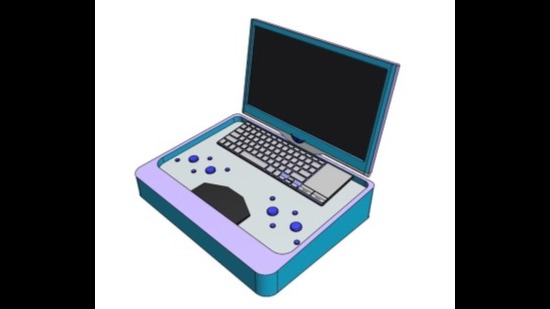Teaching device designed with AU expert’s help secures UK patent
The patent was awarded by the Comptroller General of Patents, Designs and Trade Marks, Intellectual Property Office, UK
A team of experts from the Allahabad University (AU) has patented the design for a unique electronic teaching device for high school students.

The patent was awarded by the Comptroller General of Patents, Designs and Trade Marks, Intellectual Property Office, UK to the team of five that includes assistant professor (Department of Education) Devi Prasad Singh, university spokesperson Prof Jaya Kapoor.
“This electronic teaching device has been specifically developed to cater to the educational needs of high school level students. The development of this device is driven by the objective of enhancing the proficiency and facilitating the acquisition of applied scientific skills among high school students,” said Singh, who teamed up with three members of Indira Gandhi National Tribal University, Amarkantak in Madhya Pradesh and Saummya Tiwari of Disha College in Raipur, Chhatisgarh .
This device facilitates the development of experimental skills in students through a self-observational approach. Its design is based on experiential learning philosophy, he added.
Singh said the versatility of the design was notable as its application can be extended beyond the realm of natural sciences. This adaptability suggests that the device could be used in various subjects, showcasing its potential utility within the field of psychology.
This will also demonstrate its potential utility within the field of psychology, wherein the development of various instruments is a common practice, he added.
The team had applied for the patent on September 8 this year and bagged it on November 20. “Now efforts are underway to develop a software for it and then come up with a cost-effective prototype that will specially meet the needs of a developing country like India,” Singh shared.
Unlike the usual science and mathematics kits already developed by various firms and agencies, this device would not only allow a teacher to help students bag the concepts of a subject through practical experiments but also allow students to undertake the practical experiments on their own with the help of guidance and commands given by the device.






